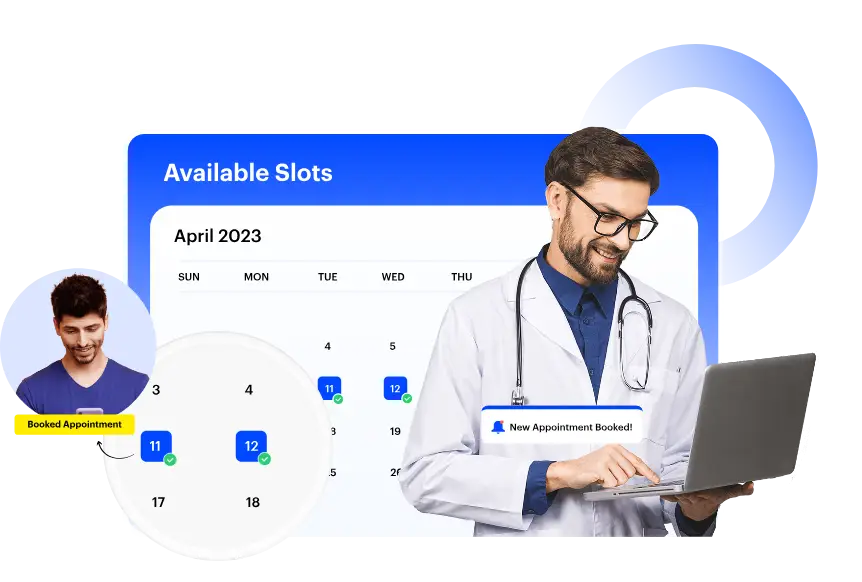According to a Juniper Research study, contactless transactions are projected to reach $15.7 trillion globally by 2029. In 2024, around 92% of US consumers used some form of digital payment.
For healthcare providers, this shift makes it essential to offer flexible, secure digital payment options. These systems handle end-to-end transactions quickly and securely, reducing friction at the front desk and improving patient satisfaction. From credit and debit cards to mobile wallets like Apple Pay and Google Pay, as well as HSA and FSA accounts, contactless payment tools enable quick, end-to-end transactions that support a smoother, more modern healthcare experience.
Navigating Insurance Complexities in U.S. Healthcare Payments
In the United States, healthcare payments often involve a combination of insurance reimbursements and patient out-of-pocket expenses. This dual-payment system can lead to complexities, including claim denials and delays. A study by Experian Health revealed that 38% of healthcare organizations experience denial rates of 10% or higher, with some facing rates exceeding 15%. Such denials not only disrupt cash flow but also increase administrative burdens.
Patients, too, face challenges. According to a Kaiser Family Foundation survey, nearly 1 in 5 insured adults reported having a claim denied in the past year. Among those who use the most healthcare services, this figure rises to 27%. These denials can lead to delayed care and increased out-of-pocket costs.
The Role of Digital Payment Solutions
To address these challenges, healthcare providers are increasingly adopting digital payment solutions. These tools streamline the billing process, reduce errors, and enhance patient satisfaction. A report by TrustCommerce highlighted that 96% of healthcare organizations accept credit card payments, and 69% offer flexible payment plans to ease patients’ financial burdens.
By integrating digital payment solutions with insurance workflows, providers can:
- Enhance Transparency: Offer patients clear insights into their financial responsibilities.
- Accelerate Reimbursements: Reduce the time taken to process and receive payments from insurers.
- Improve Patient Experience: Provide seamless payment options, including credit/debit cards, mobile wallets like Apple Pay and Google Pay, and Health Savings Accounts (HSAs) or Flexible Spending Accounts (FSAs).
Incorporating these solutions not only simplifies the payment process but also fosters trust and satisfaction among patients.










